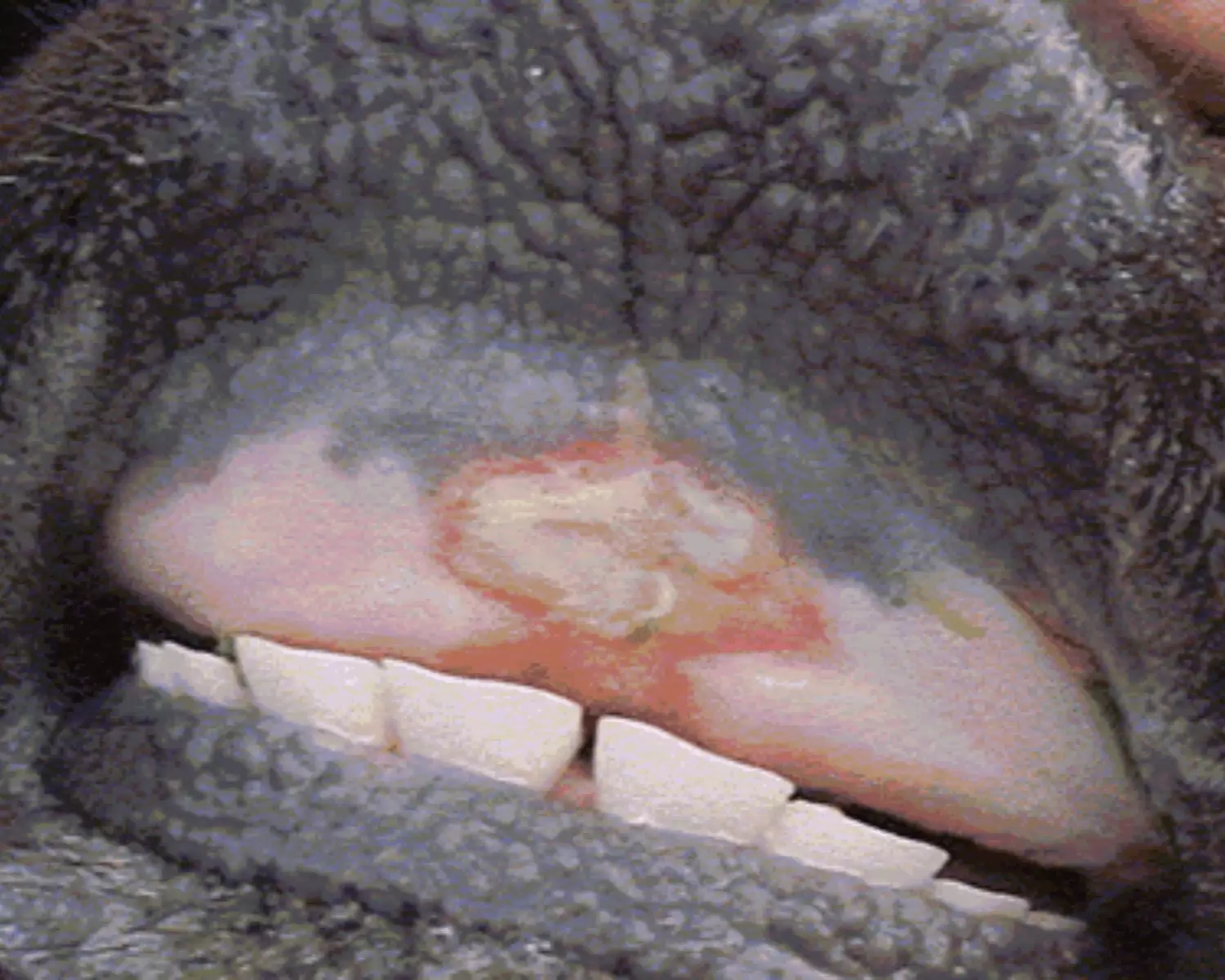 06 May 2025
06 May 2025
The Food and Agriculture Organization of the United Nations (FAO) has issued a strong warning over the “worst outbreak of foot-and-mouth disease (FMD) in Europe since the beginning of the century.” In a statement shared by Spain’s EFE agency, the FAO called for urgent action to curb the disease and limit its impact.
While FMD does not affect humans, it remains highly contagious among livestock, posing significant risks to animal health and trade. According to the FAO, early detection, strengthened biosecurity measures, and vaccination campaigns are critical in stopping the spread.
The outbreak began in Germany in January 2025, where it was initially contained. However, by February, new cases appeared in Hungary and later in Slovakia, prompting FAO officials to express deep concern.
“This is the most severe FMD outbreak since 2001,” the FAO warned.
Adding to the concern is the emergence of the SAT1 serotype of FMD in Iraq and Bahrain—a strain that is exotic to the Middle East and Western Eurasia and typically originates in Africa.
“The presence of this serotype in new regions raises alarms over its potential spread,” FAO stated.
Although the European cases involve serotype O—a strain covered by Argentina’s current vaccines—the appearance of SAT1 elsewhere changes the risk landscape. SAT1 is not included in local immunization protocols, making proactive monitoring essential.
The FAO urges countries that are affected or at risk to:
Raise awareness among farmers and local communities
Report cases quickly to avoid further spread
Develop contingency plans
Implement strategic vaccination using effective strains
“Vaccination remains one of the most effective control tools,” the agency concluded.
With FMD threatening livestock and economies across multiple regions, early intervention and coordinated global response are essential. The FAO’s alert serves as a reminder of the fragility of animal health systems and the importance of international cooperation in disease prevention.
Source: Bichos de Campo
Subscribe now to the technical magazine of animal nutrition
AUTHORS
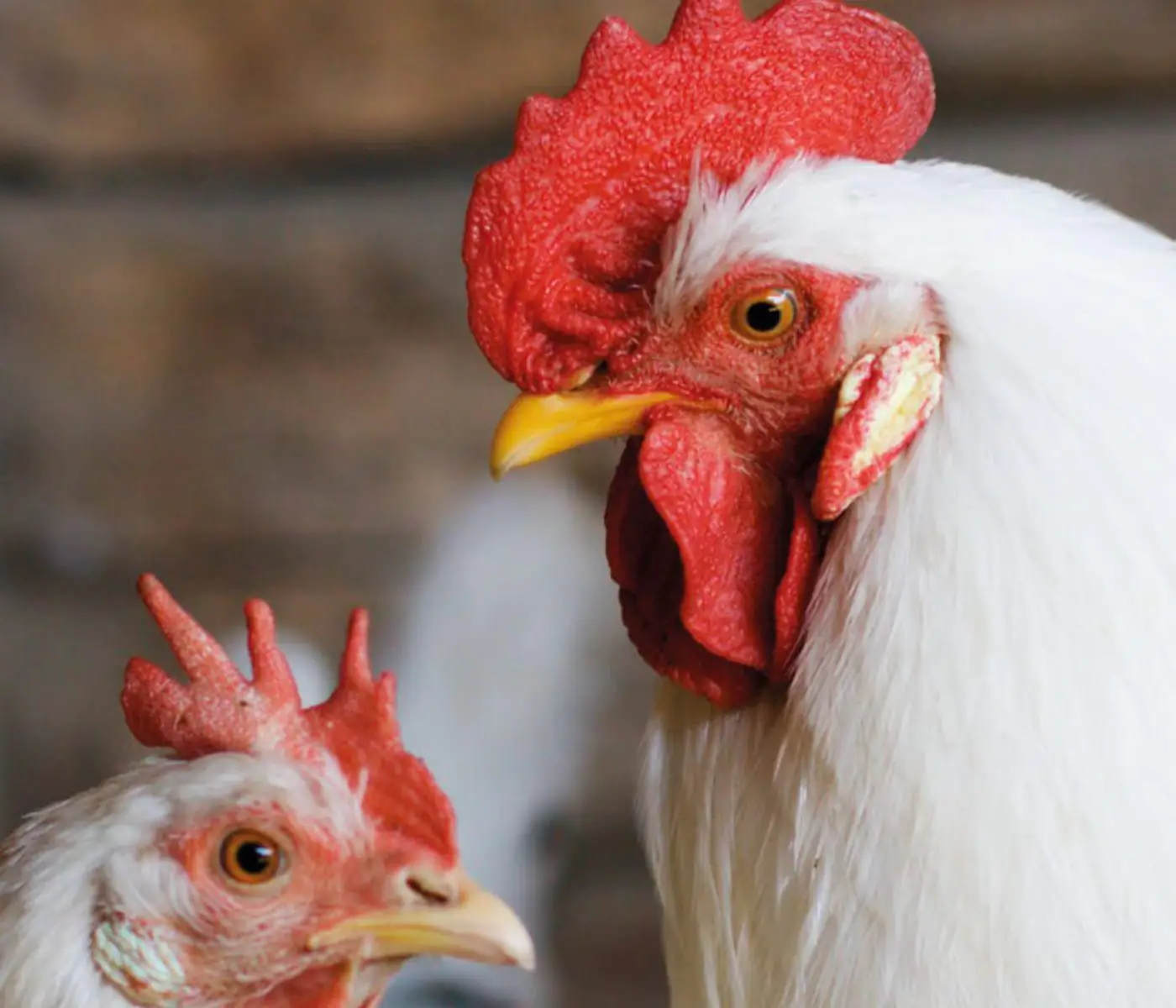
Nutritional Interventions to Improve Fertility in Male Broiler Breeders
Edgar Oviedo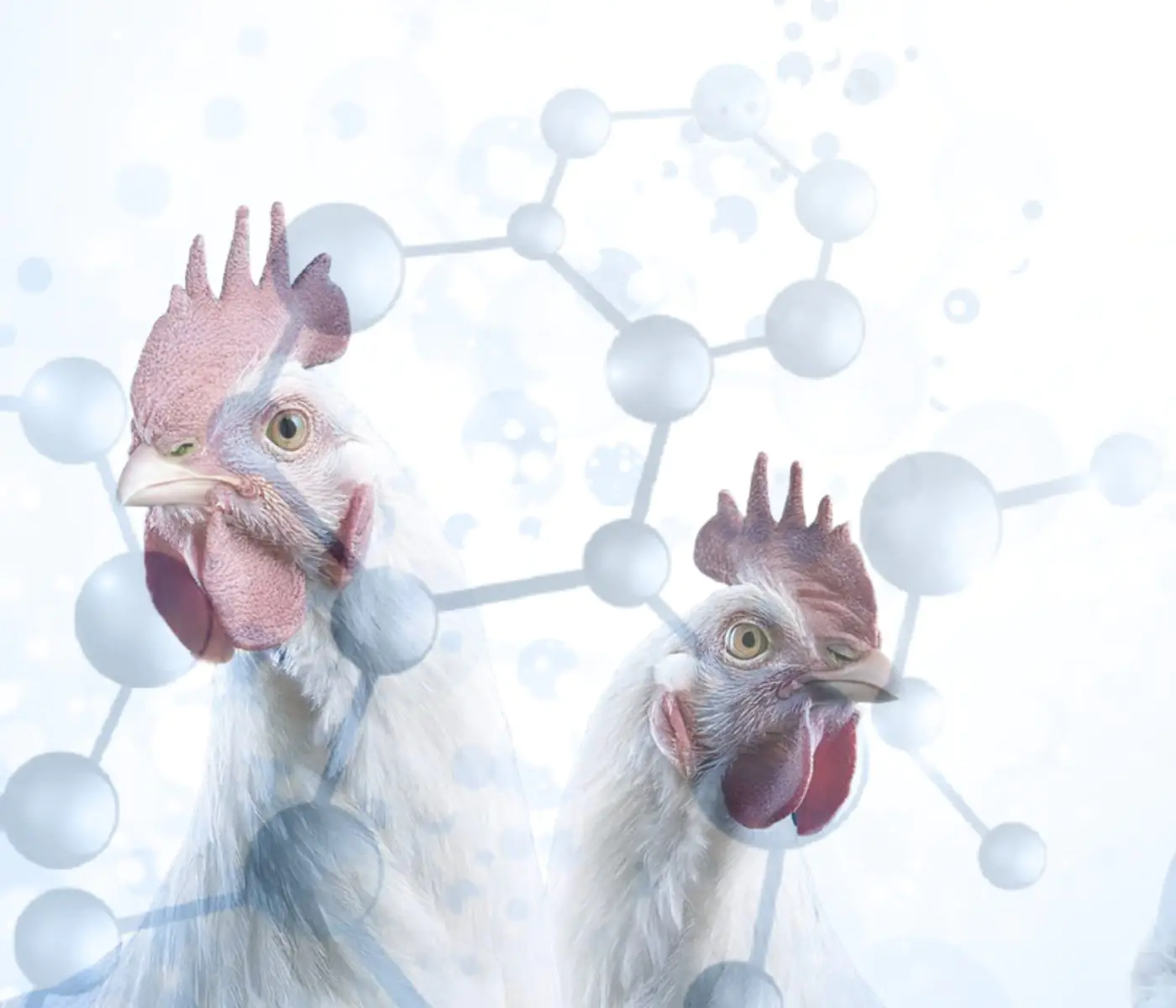
The Use of Organic Acids in Poultry: A Natural Path to Health and Productivity
M. Naeem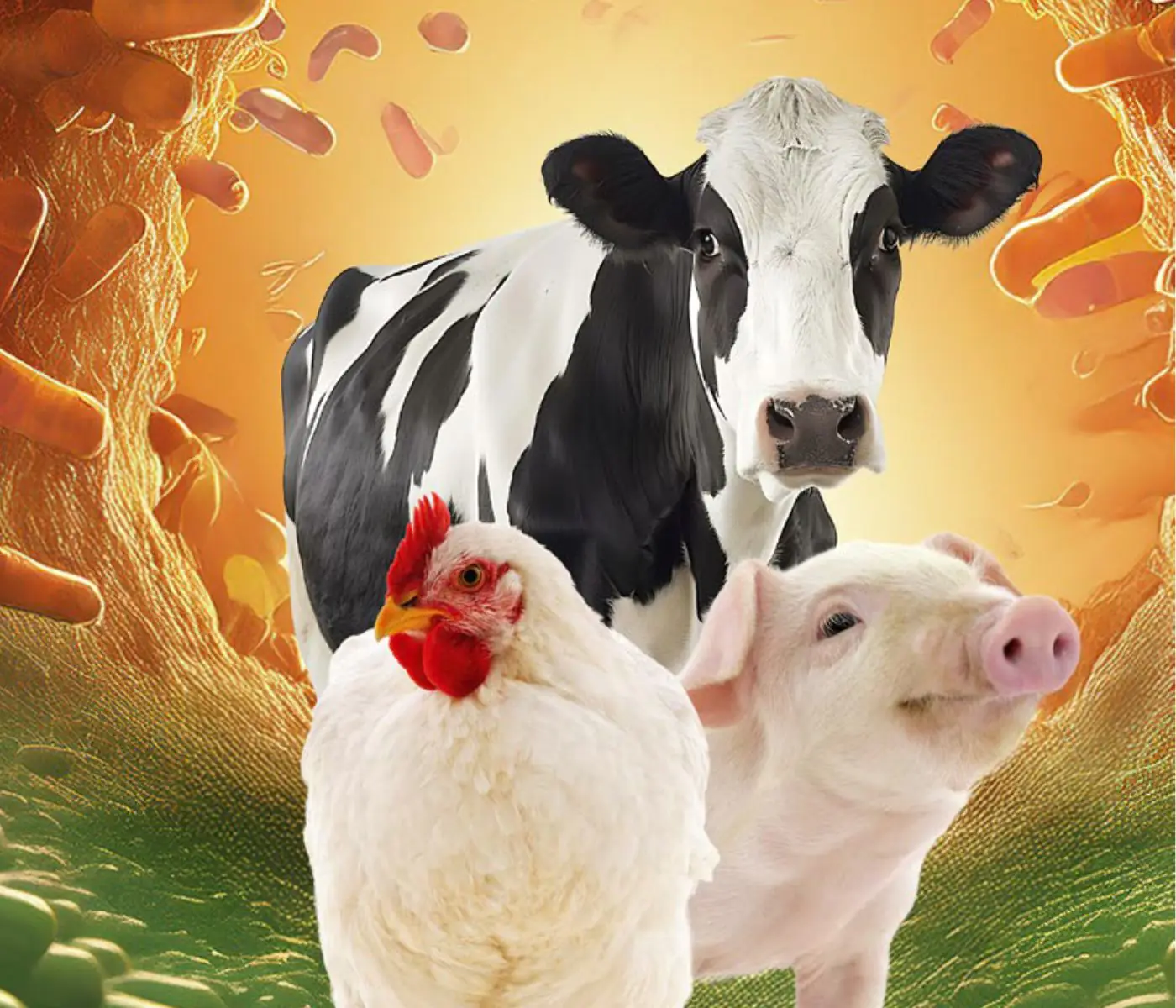
Synergistic Benefits of Prebiotics and Probiotics in Poultry, Swine, and Cattle
Gustavo Adolfo Quintana-Ospina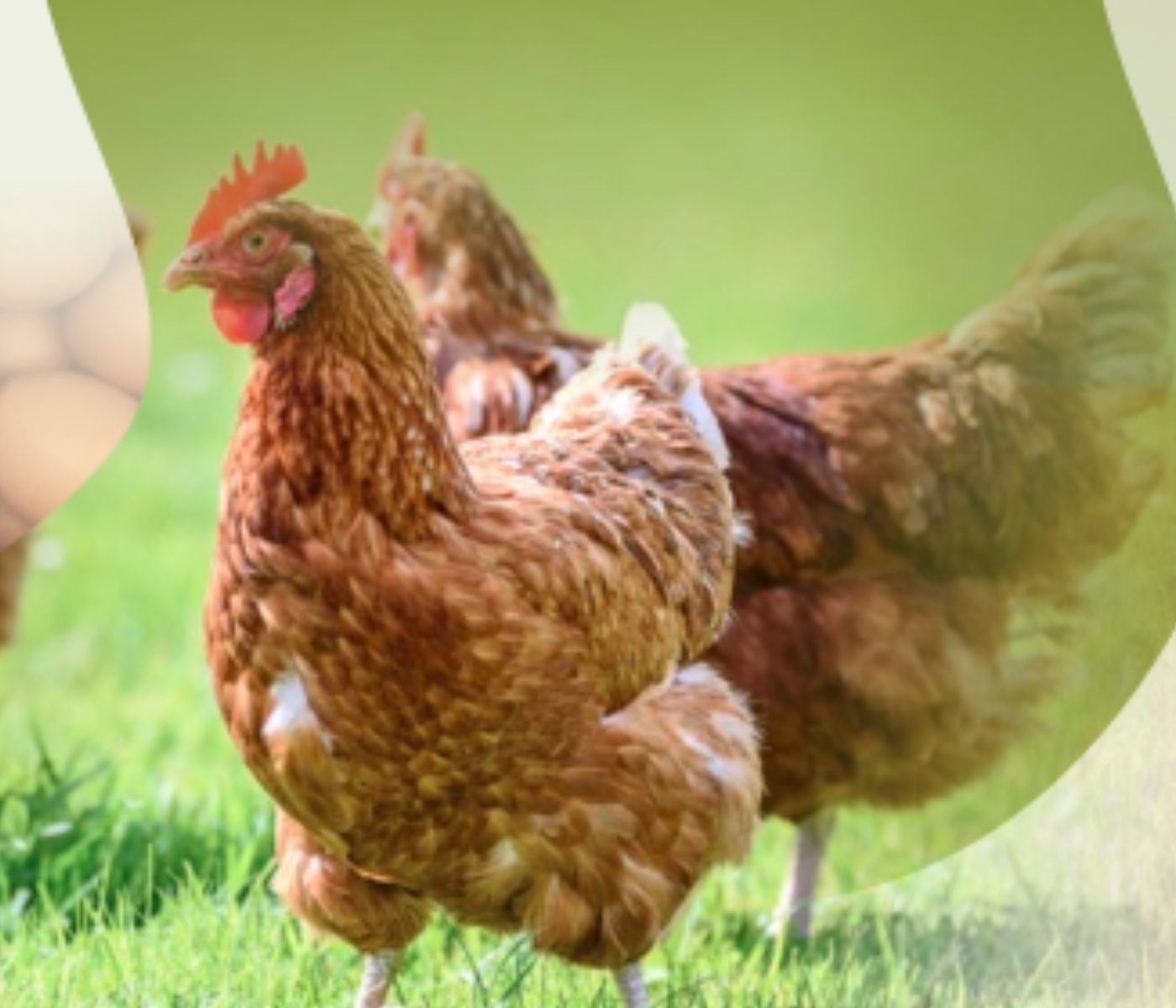
Hybrid Rye Potential in Laying Hen Feed Rations
Gwendolyn Jones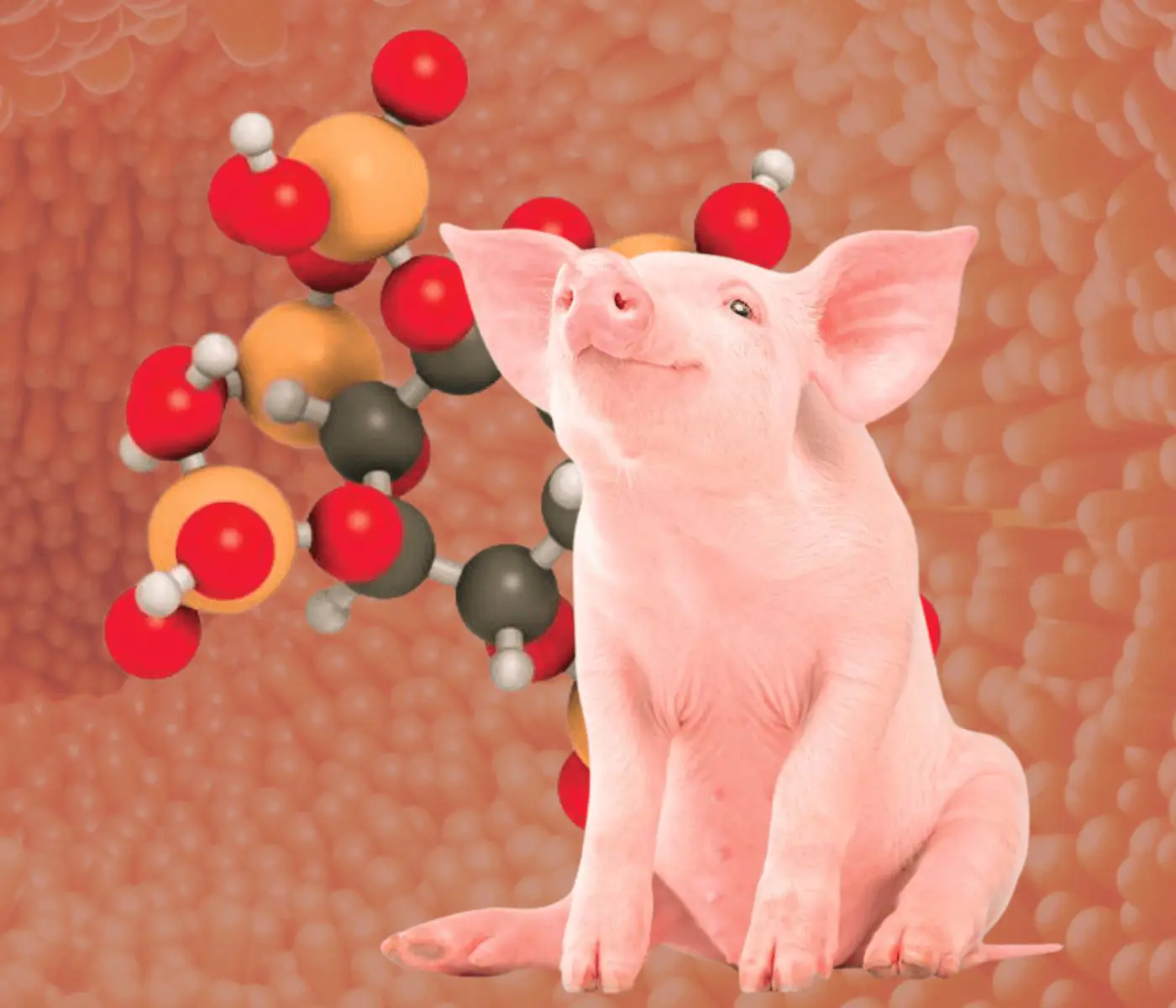
A day in the life of phosphorus in pigs: Part I
Rafael Duran Giménez-Rico
Use of enzymes in diets for ruminants
Braulio de la Calle Campos
Minerals and Hoof Health in the Pregnant Sow
Juan Gabriel Espino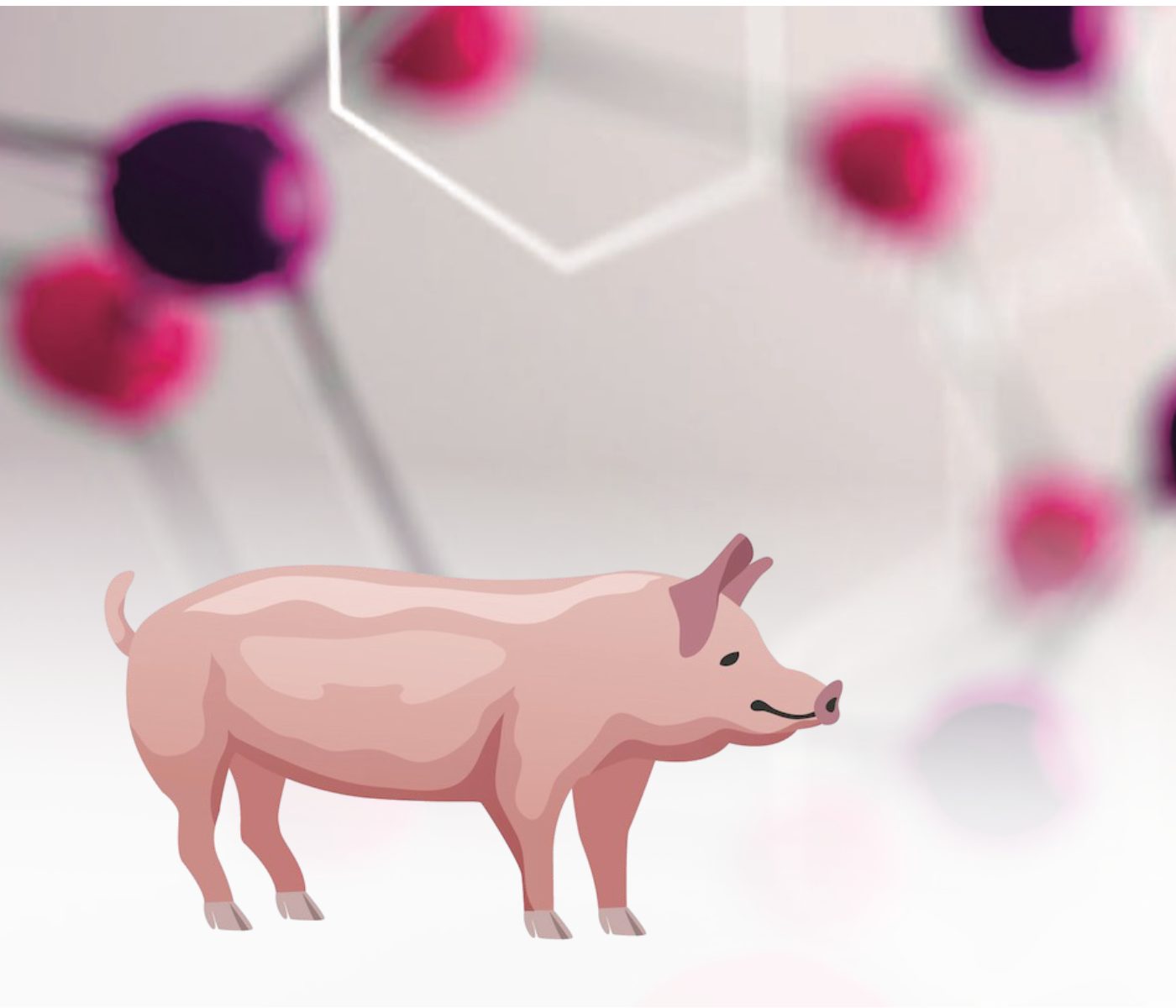
Impact of Oxidized Fats on Swine Reproduction and Offspring
Maria Alejandra Perez Alvarado